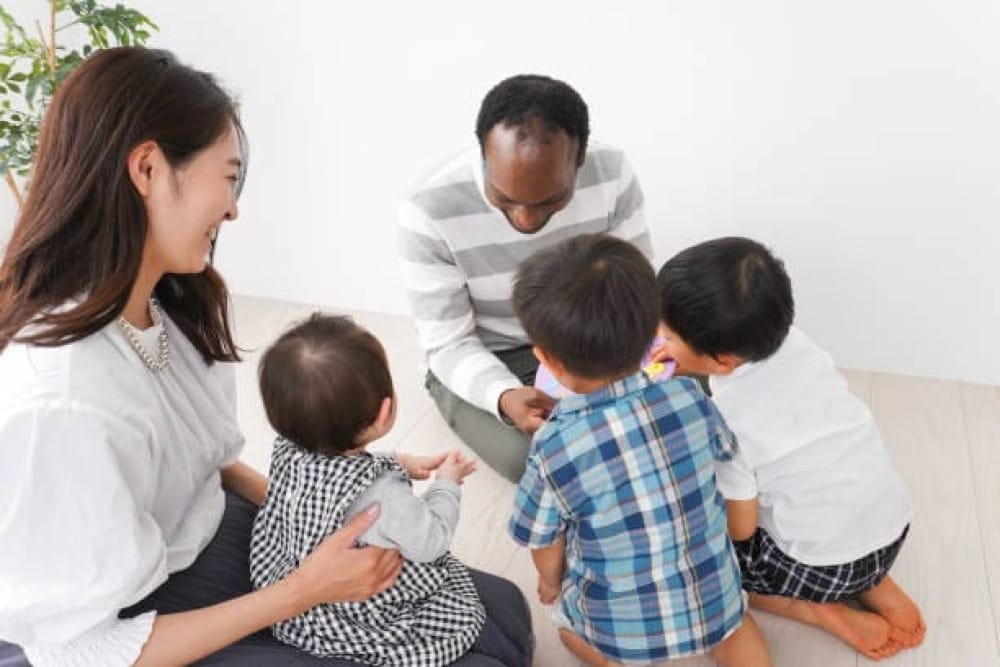Barriers to Emotionally-Rich Play: What’s Getting in the Way?

As parents, we all want our children to thrive. We read, research, and ask questions in a quest to provide a solid foundation. That’s why I created the GREATEST framework—a simple yet powerful way to support your child’s early development while also building your confidence as a caregiver.
Today, we continue with G for Growth: a reminder that children learn and grow physically, emotionally, cognitively, socially, and in language and literacy through play. But not just any play—emotionally-rich, sensory, imaginative, interactive, joyful, sometimes messy and chaotic play.
Unfortunately, many of us are unaware of the deep connection between structured and unstructured (or free) play and holistic child development. In many homes today, this kind of play is under threat, and we often don’t even realize it.
Why Emotion Matters in Play
When children engage in unstructured play—dressing up in costumes, pretending to run a bakery, or building “secret forts” under the dining table—they’re doing more than just having fun. They’re learning how to regulate their emotions, solve problems, take perspectives, and form relationships.
Research from the American Academy of Pediatrics shows that imaginative play helps children understand and express emotions while building resilience and empathy—all critical skills for healthy social-emotional development¹.
But here’s the problem: emotionally-rich play is being stifled.
A Glimpse into Real Life
Martin is a sweet, creative 4-year-old. He loves cars and can name more car models than most adults. But when his mother tries to engage him in pretend play—like acting out being a race car driver—Martin seems... distracted. Fidgety. Not quite himself.
It turns out Martin spends about four hours a day switching between educational YouTube videos and learning apps. “It’s all learning-based,” his mom said, “so I thought it was helping.”
She’s not alone.
Digital tools can be wonderful, but they can also overwhelm developing brains. While a car-themed app might teach vocabulary, it doesn’t let Martin feel what it’s like to be a driver, create a storyline, or negotiate play roles with a sibling. That’s the heart of emotional learning—and it doesn’t come from watching YouTube videos on cars.
Research associates excessive screen time in early childhood with delayed language development, attention challenges, and fewer opportunities for emotional exchange².
Modern Challenges to Emotionally-Rich Play
Here are some common culprits getting in the way of meaningful, growth-driven play:
1. Over-Scheduling
Between music lessons, swim classes, and structured learning, many children have little time left for free play. Enrichment is wonderful—but young children also need long stretches of unstructured time to decide what to do, how to do it, and who to be. That’s where creativity and emotional insight thrive.
2. Parental Stress and Guilt
Many parents are overwhelmed, and during moments of exhaustion or guilt, it’s tempting to hand over the tablet or rely on structured activities. We all do it. The key is noticing the pattern and gently making space for something different.
3. Misunderstanding Play as “Just Play”
Free play is sometimes dismissed as unproductive. But a toddler stacking blocks may be learning about physics, frustration, and persistence. That child “playing house” might be working through social roles and emotional stories. It’s never just play.
What Can Parents Do?
You don’t need to toss your schedule or ban screens. Try these gentle shifts:
- Create space for free play daily, even just 20–30 minutes.
- Join in occasionally—not to lead, but to follow your child’s imagination.
- Offer open-ended materials like scarves, boxes, dolls, or art supplies instead of battery-operated toys.
- Normalize emotional expression during play:
- “Oh wow, your bear is crying—what happened?”
- “That dragon seems mad. Why do you think?”
- “Why is the race car driver excited?”
Lydia and Ava
My friend Lydia once shared that her 5-year-old daughter, Ava, was struggling with outbursts. Then one afternoon, Ava spent nearly an hour building a “feelings mansion” out of blocks—assigning different emotions to each room.
Lydia joined in. They played together, laughed, experienced frustration, and even cried a little too. Afterward, Ava was noticeably calmer.
That wasn’t just play. That was growth, emotional growth!
Finally
Emotionally-rich play isn’t a luxury—it’s essential. While modern life presents real challenges, we can still revert to those precious moments of messy, joyful learning. Let’s give our kids the space to feel, explore, and grow.
The “G” in GREATEST isn’t just about growing taller. It’s about growing whole.